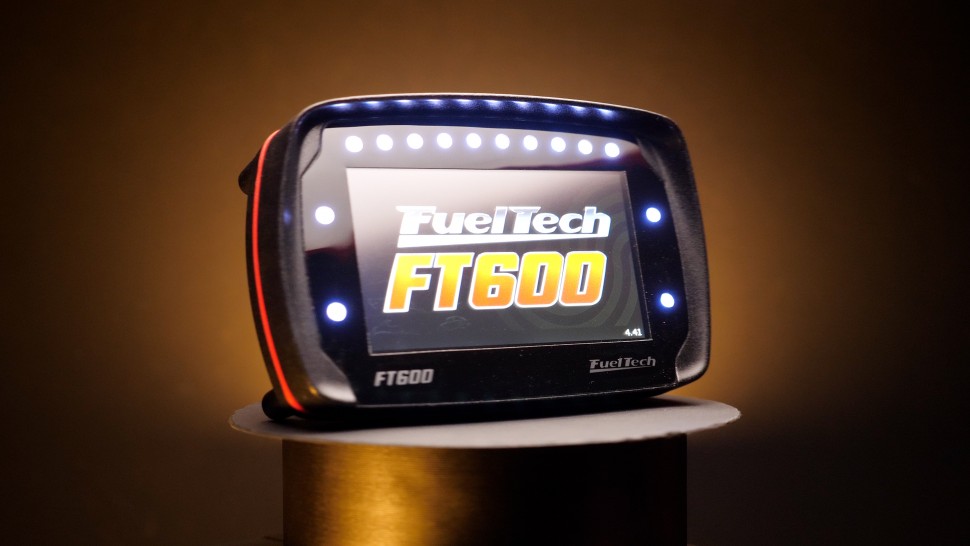How to Colour Code your Wiring Harness?
Summary
Give me some tips on picking colours for wire. He hates buying wires of all different colours. Fair enough and I don't blame you, it's really expensive. So early on when I was building wiring harnesses, I used to get really caught up in what colour wire do I use for this and how do I plan this out?
| 00:00 | - Brett Ome has asked, give me some tips on picking colours for wire. |
| 00:03 | He hates buying wires of all different colours. |
| 00:06 | Fair enough and I don't blame you, it's really expensive. |
| 00:09 | So early on when I was building wiring harnesses, I used to get really caught up in what colour wire do I use for this and how do I plan this out? And what I've discovered after building literally 100s of wiring harnesses, is that it doesn't actually matter that much. |
| 00:24 | I've developed a bit of a key that I stick to. |
| 00:27 | And it involves just 5 different colours of wires. |
| 00:31 | So I will use red wires for a 12 volt power supply line, and I'll use black wires for a power ground wire. |
| 00:39 | I use green wires for a sensor ground and I use orange wires for a sensor supply. |
| 00:44 | Everything else in the harness that isn't a special purpose wire such as a twisted pair or thermocouple wire or something like that, is going to be white. |
| 00:53 | Now this might sound like it gets really really tricky when you're trying to build your harness and you've just got white wires everywhere. |
| 01:00 | The reality is that it's actually not that hard at all. |
| 01:03 | Once you've taken your main trunk section and you've branched it out into individual sections, it's really common that you're going to end up with a say section heading off to a sensor. |
| 01:12 | It might have a white wire and a green wire so you immediately know from looking at that that if that section was heading to your engine coolant temperature sensor, the white wires are sensor ground and the, sorry the white wire is a sensor signal and the green wire is a sensor ground. |
| 01:26 | For a pressure sensor for example, you might end up with 3 wires going to it, an orange, a green and a white, the orange is going to be sensor supply, green sensor ground and white sensor signal. |
| 01:38 | You know that immediately when you're looking at it. |
| 01:40 | Where it does take up a little bit of time and it's a wee bit tricky is when you're pinning out the ECU side of that as you will have a lot of white wires that and you don't know where they head to in the rest of the harness. |
| 01:53 | It's not as bad as you might think though, what you end up doing is actually using a multimeter to tone out the harness when you're pinning out that ECU connector there. |
| 02:02 | You simply go to your say engine coolant temperature sensor plug again, pop your multimeter probe onto the white wire at that end, find the corresponding white wire at your ECU end and then you can get that in the right spot in the ECU header. |
| 02:18 | It really doesn't take as much time as you think it might. |
| 02:20 | And because you've documented your harness when you've built it, you know the pin locations, where all those wires need to go so when you're, if you need to fault find down the track, it's actually not as hard as you might think it would be. |
| 02:31 | That question was taken from one of our free live lessons. |
| 02:36 | If you like free stuff and you're the type of guy that likes to expand his knowledge, click the link in the description to claim your free spot to our next live lesson. |
| 02:44 | You'll learn about tidily bundling a section of wiring harness, correctly splicing a single wire out to multiple wires that might need to head to the various sensors in your engine bay and the materials and tools suitable for use in a motorsport environment. |
| 02:58 | You'll also have the chance to ask your own questions which I'll be answering live. |
| 03:02 | Remember it's 100% free so follow the link to claim your spot. |





